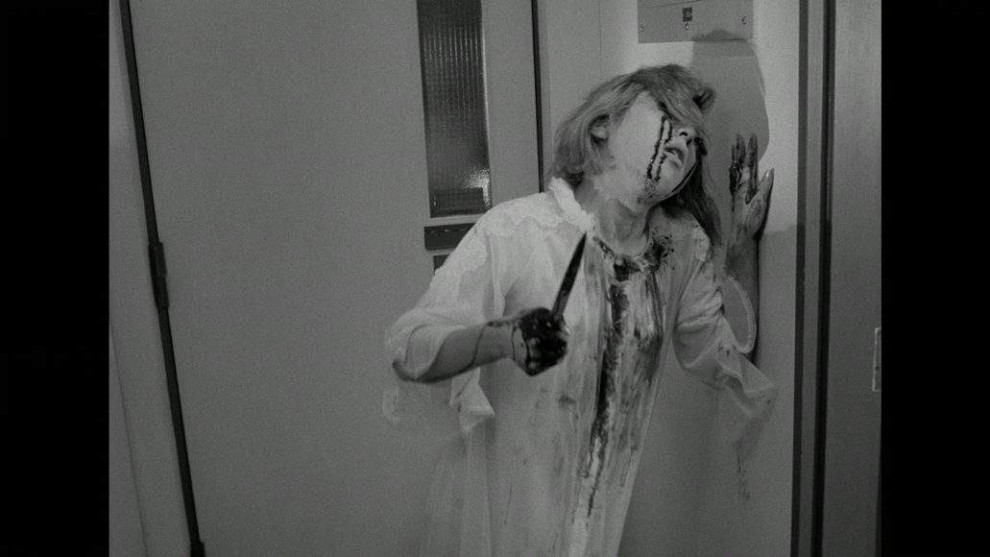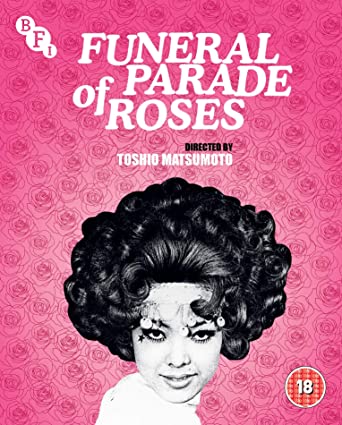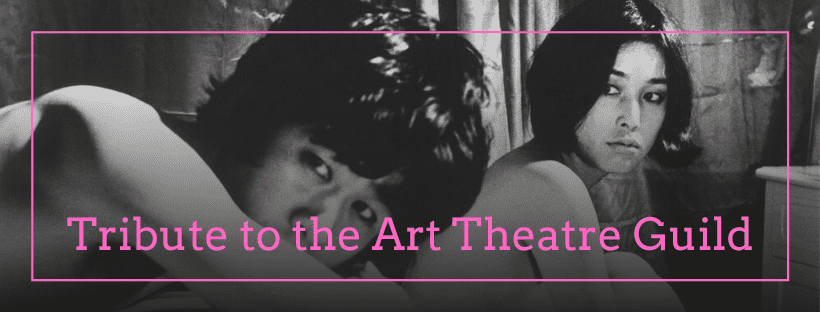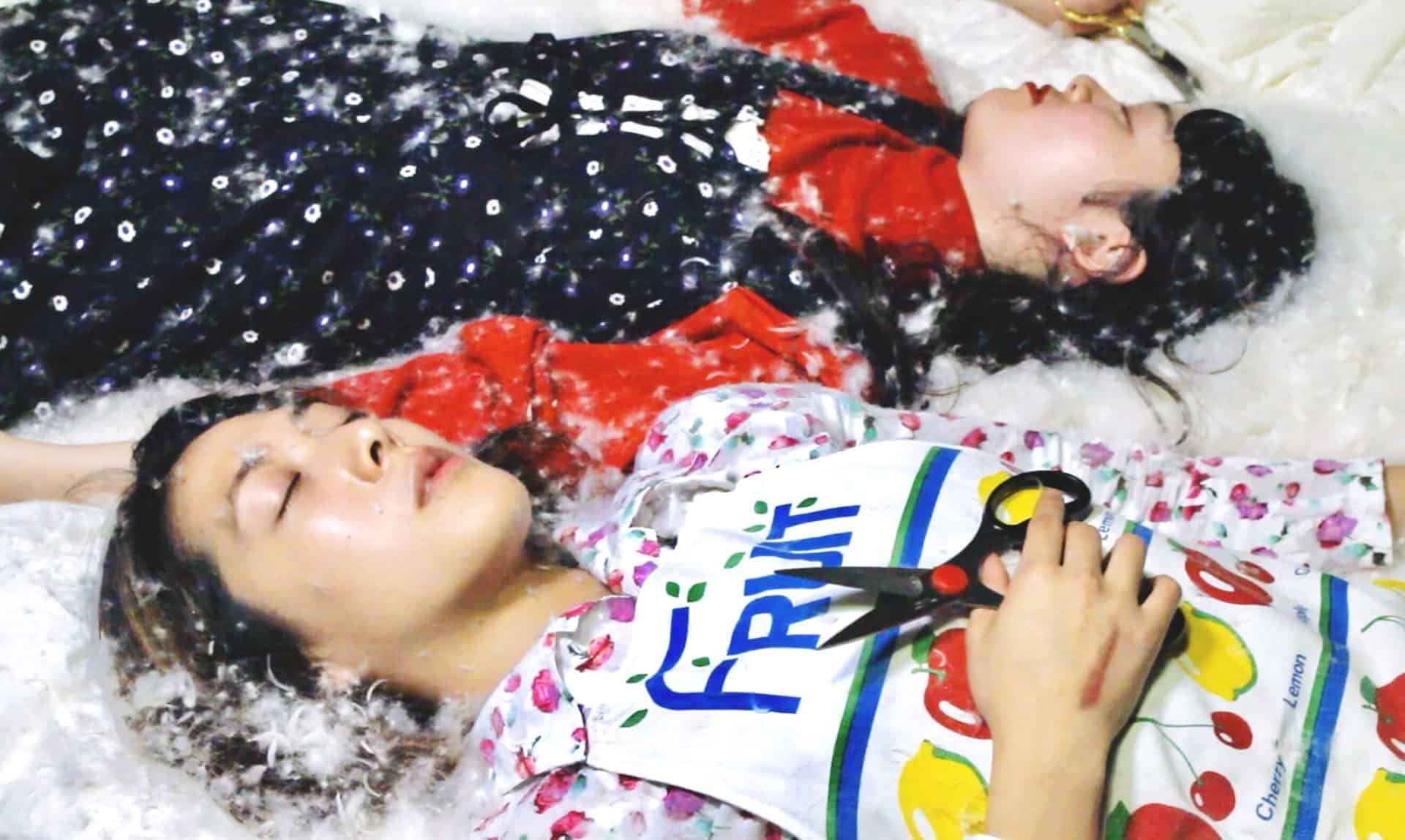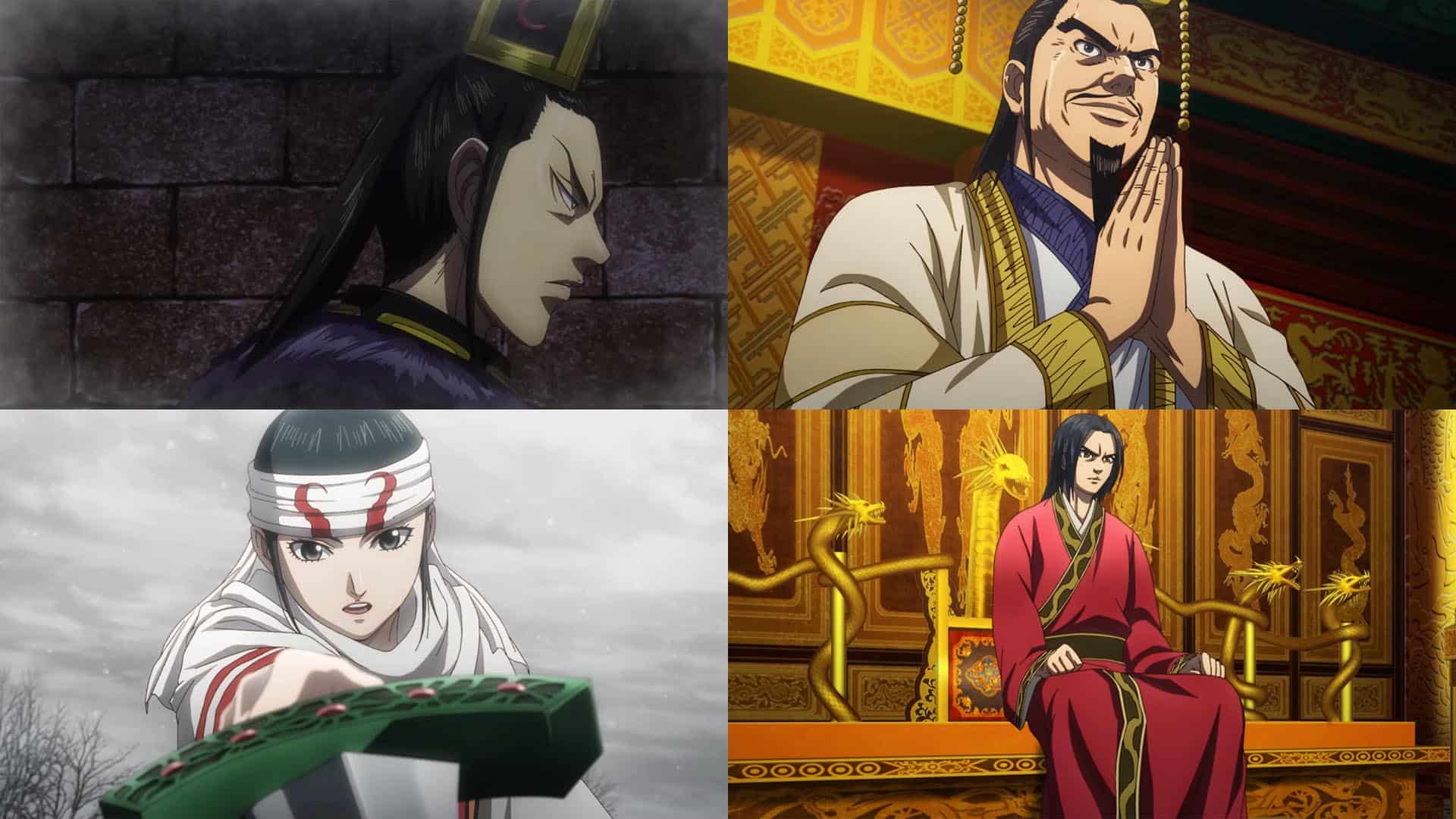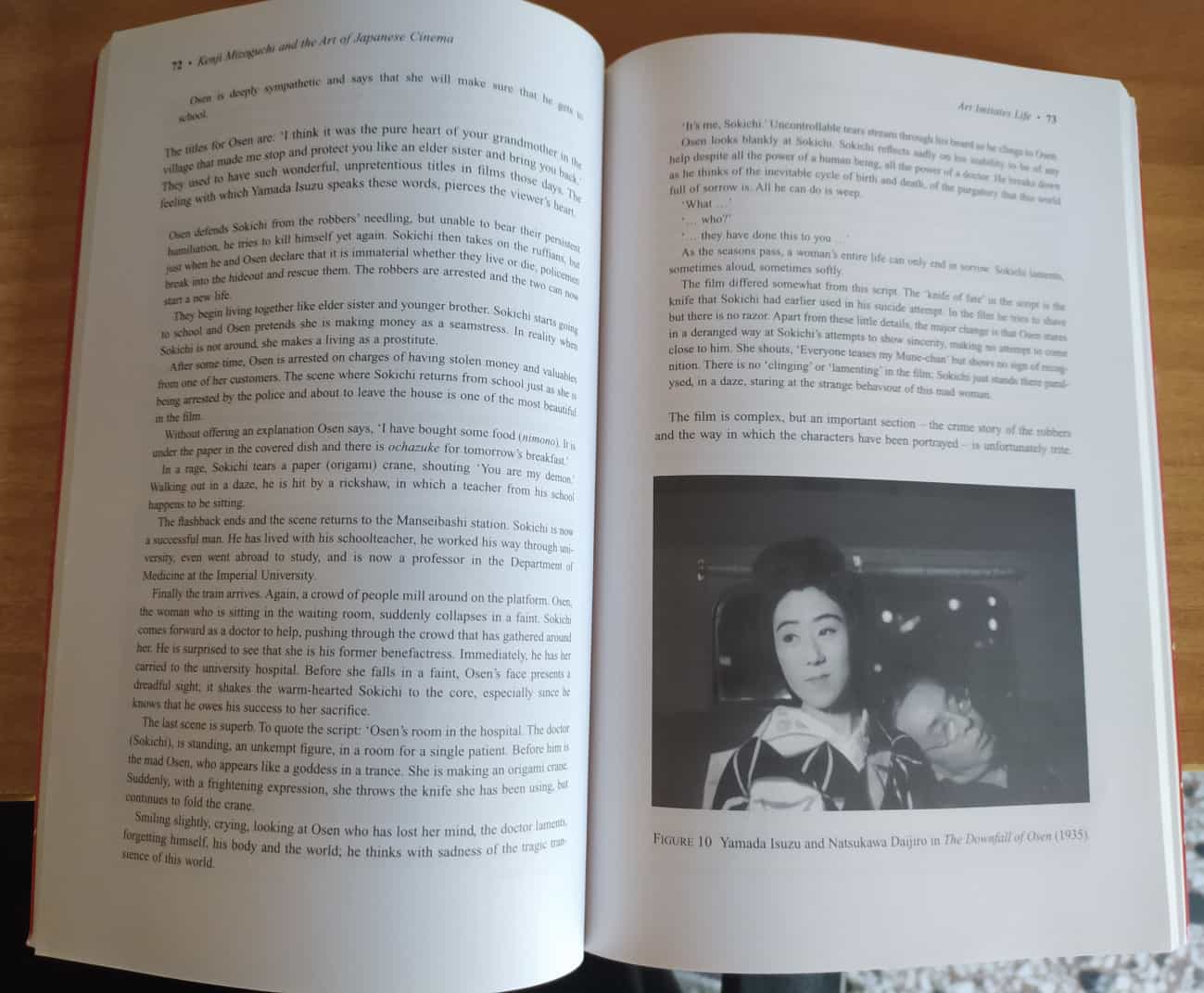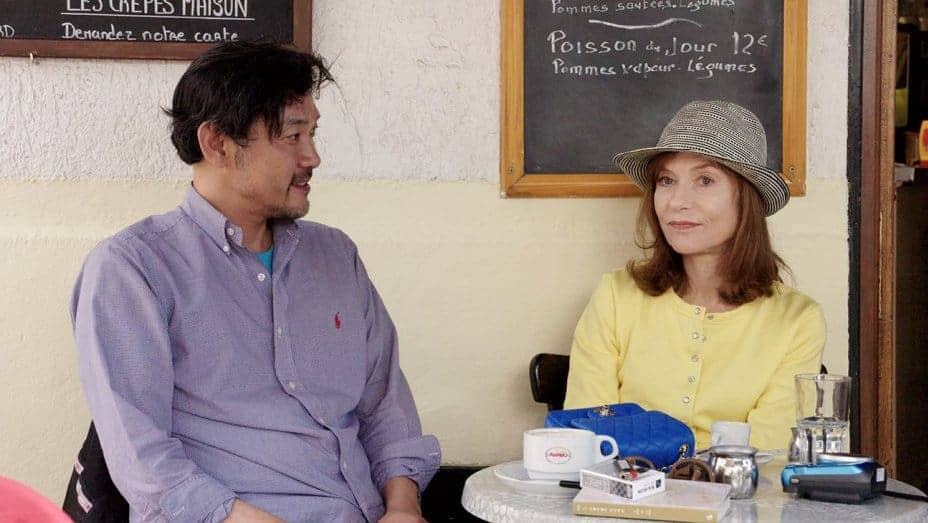“Funeral Parade of Roses” has long been hailed as one of the greatest achievement of Japanese independent film in the sixties. Focusing on a gay and cross-dressing community in Tokyo, this energetic work moves swiftly between fiction and non-fiction. “Funeral” devours everything cultural and creates a constant shape-shifting beast of cinema.
Buy This Title
It is almost impossible to summarize the plot. A common way to describe it is to say that the story follows the adventure of Eddie (played by amateur actor Peter), and through his journey he discovers the true identity of his father. Yet, this summary neglects the fact that the film doesn't follow a linear logic of time and space. Moreover, “Funeral” doesn't contain only one story, it has the adventure of Eddie, a documentary about the film-making process, a quasi-trailer, and a commentary of a scene by a television host. Perhaps just like the characters are constantly putting on different looks or masks, “Funeral” also refuses to be only one thing.
Director Toshio Matsumoto studied art history at Tokyo University during the fifties. He taught himself how to paint and studied Western art criticism and theory when he was in University. Surrealism and avant-garde cinema in the twenties fascinated him. He was an avid cinephile as well, but it was only when he encountered Italian neo-realist films he decided he wanted to become a director. His film-making practice and theoretical works during the sixties focused on how to bring documentary and surrealism together. In an interview with Aaron Gerow, he mentions that the key problem in filmmaking is how to balance between “the objective reality, the world of expression, and the filmmaker's subjective manipulation”.
It is hard not to be surprised by Matsumoto's precociousness and perceptive sensibility when reading his theoretical writings. In an essay titled “A Theory of Avant-Garde Documentary” (he wrote this piece in 1958 when he was 26, a revised version published in 1963), Matsumoto claims that Alain Resnais's documentary “Guernica” is the model for any future avant-garde documentary. He argues that filmmakers should see the true form of the filmed object and search for a corresponding form from their subjective experiences. He concludes that it is only by this process that artists could transcend the opposition between the objectivity of documentary and the subjectivity of avant-garde cinema.
What is interesting about his essay is that we can discern a similar urge to transcend all sorts of binary in “Funeral” as well. As he has mentioned in the interview with Aaron Gerow, with “Funeral” he attempted to create a work that can move beyond any duality. The picture is a work that absolves every distinction between fiction and non-fiction, man and woman, objective and subjective, even comedy and tragedy.
The last point, to me, is the most unexpected thing about this picture. Matsumoto often mixes different tones in one scene. Most of the time he achieves this through the non-diegetic music he uses. He constantly uses a motif that is reminiscent of the melody and texture of a music box sound, to go with events that other directors would treat with greater seriousness. In a scene where two men are putting on clothes to avoid a police's raid, the director accompanies this scenario with the music box sound. Furthermore, he fast forwards their actions; thus makes them look even more ridiculous. These minor techniques transform an intense situation into a farcical one. The most striking one comes at the end of the film. I don't want to ruin your viewing pleasure. It's safe to say that it is the best “alienation effect” I've seen in film or TV.
Matsumoto often let external forces determine the quality of each shot. We've seen how non-fictional material (actor's interviews, censorship logo, and photographic stills) influence the narrative of the film. The materiality of the things being recorded influences the qualities of each shot as well. When Eddie is sharing a joint with a video artist/revolutionary Guevara and his “underground” crowd, Matsumoto shot this scene in one long take. He sets the camera in the middle of the room and pans across so he can cover the whole room. When Eddie and her friends pass the joint to each other, the camera follows them and makes sure to capture each individual in close-up. In fact, the act of passing and smoking marijuana determine the movement of the camera and the length of this take.
Perhaps we can see this gesture as a unique way to combine documentary and fiction. The scene the camera captured is fictional since it happened in the world of the story. However, the scene doesn't follow the logic of the narrative. It doesn't advance the plot, add psychological complexity to the characters, or give any additional information to the audience. The scene lasts the duration of burning a joint. The camera follows the act of sharing the joint. In other words, the organizing principle of the scene is the logic of the objective reality.
Matsumoto believes that by transcending the binary logic which is the basis of modernity, his film becomes a powerful critique of how we understand the world. It is, of course, debatable whether he succeeds or not. However, it is undeniable that “Funeral Parade of Roses” is a sui generis creation of one of the most talented artists in the world.


